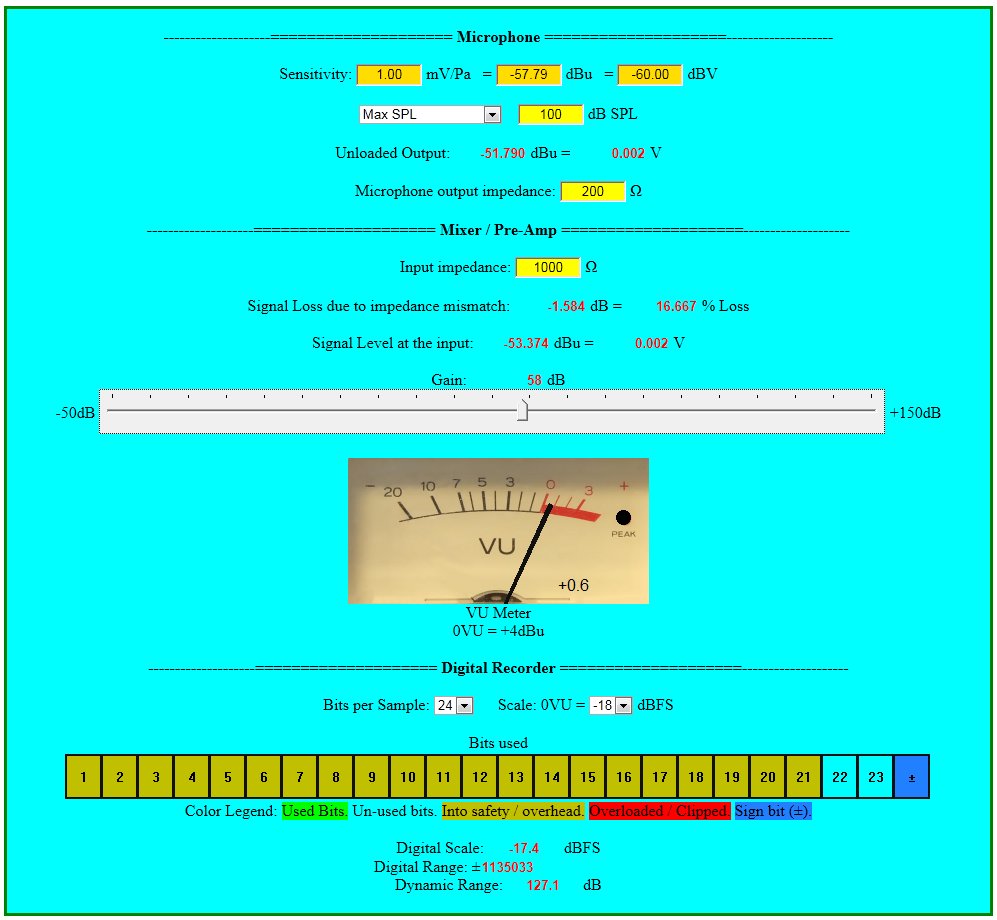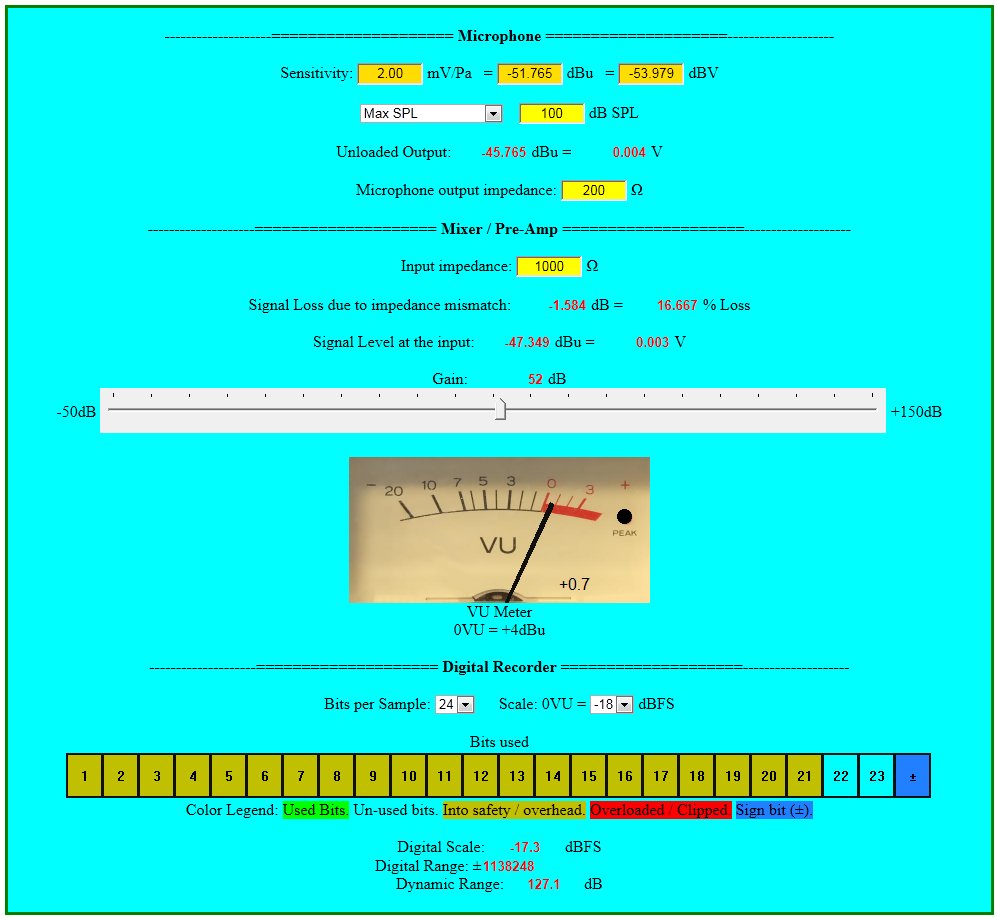Hey everyone,
Could someone help me out with this/walk me through how it's solved?
The Beyer M-160 has a sensitivity rated as
-52dB (0 dB = 1mW/Pa)
and a rated load impedance of 200ohms.
The Sennheiser MD-421 has a sensitivity given as
-54dB re: 1V/µbar.
Which of these microphones is the more sensitive, and by how many dB?
Thanks!
Tags
Comments
According to my calculations (pure math): M-160: If you expose
According to my calculations (pure math):
M-160: If you expose it to 100dB SPL sound source and taking into consideration the impedance mismatch loss (200Ω into 1KΩ), it will require 57.4dB of gain to read 0VU.
MD-421: If you expose it to the same 100dB SPL sound source, taking the mismatch loss into consideration (200Ω into 1KΩ), it will require only 51.3dB of gain to read the same 0VU.
So MD-421 is hotter by 6.1dB.
Unregistered, post: 366084 wrote: Hey everyone, Could someone he
Unregistered, post: 366084 wrote: Hey everyone,
Could someone help me out with this/walk me through how it's solved?The Beyer M-160 has a sensitivity rated as
-52dB (0 dB = 1mW/Pa)
and a rated load impedance of 200ohms.The sennheiser MD-421 has a sensitivity given as
-54dB re: 1V/µbar.Which of these microphones is the more sensitive, and by how many dB?
Thanks!
You have not quoted the sensitivity figure and units for the microphones given by their manufacturers. Beyer states -60dB ref 1V/Pa for the M160 and Sennheiser gives the sensitivity figure for the MD421 as 2mV/Pa, which is -54dB ref 1V/Pa.
Based on these figures, the M160 is less sensitive by 6dB.





You won't be able to notice the difference in the two. The avera
You won't be able to notice the difference in the two. The average untrained ear takes about 2-3 dB to notice an obvious change. The better question to ask is what is the intended purpose of the purchase? The 421 is a fabulous workhorse mic for drums and saxophones and e-guitars amongst others. The M160 is a workhorse of a ribbon mic designed towards vocals, strings, the Mid of a Mid/Side stereo pair etc.
Both very good mics but both with their own audio signature.